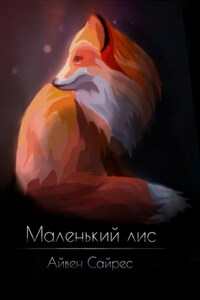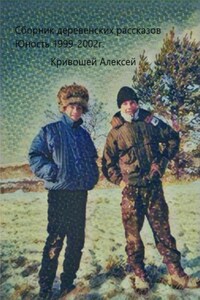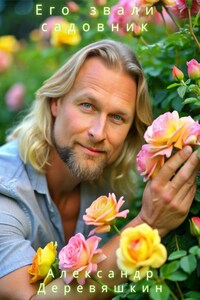Skipper Family (Hesperiidae)
Small brown or greyish butterflies with rapid, darting flight and rather plump, moth-like bodies. The antennae are curved or hooked at the tip. Many bask with their forewings partly raised.
Swallowtail Family (Papilionidae)
Large, brightly coloured butterflies, many of which have a little âtailâ on the hindwing. The inner margin of the hindwing is concave, leaving a clear gap between the body and the wings.
White Family (Pieridae)
The European members of this family are all basically white or yellow, often with marked differences between the sexes.
Fritillary Family (Nymphalidae)
A large and varied family whose members have only four walking legs. The front legs are small and brush-like and the insects are commonly called brush-footed butterflies. Most of them are brightly coloured, with reds and oranges being the dominant colours.
Brown Family (Satyridae)
These butterflies are predominantly brown and almost all have eye-spots on the wing margins. They have only four walking legs. Their caterpillars nearly all feed on grasses.
Nettle-tree Butterfly Family (Libytheidae)
There is only one European member of this family, which is characterized by very long palps.
Duke of Burgundy Family (Riodinidae)
There is only one European member of this family.
Blue Family (Lycaenidae)
A very large family of rather small butterflies, many of which exhibit gleaming metallic colours. Most European species are blue, although the females are often brown, but the family also includes the coppers, with their brilliant orange uppersides, and the hairstreaks named for the slender stripes on their undersides. Many have little âtailsâ on the hindwings.
Swift Moth Family (Hepialidae)
Forewings and hindwings in this family are all the same shape and are folded along the sides of the body at rest. The antennae are very short and the moths have no tongue.
Goat Moth Family (Cossidae)
Sturdy moths with wings folded back along the sides of the body at rest. They have no tongue and do not feed.
Burnet Family (Zygaenidae)
Brightly coloured day-flying moths with long, clubbed antennae. Most are either black and red (burnets) or metallic green (foresters). The burnetsâ colours warn birds that they are poisonous â some of them actually contain cyanide!
Geometer Family (Geometridae)
A large family of mostly rather flimsy moths that generally rest with their wings spread flat on each side of the body. Most have rather pale or sombre colours. Their caterpillars alternately loop and stretch their bodies as they walk and are commonly called loopers.
Hooktip Family (Drepanidae)
A small family, named for the hooked wing-tips of most of the species. At rest, the wings are either folded along the sides of the body or spread flat like those of the geometers.
Lutestring Family (Thyatiridae)
A small family, named for the fine lines that cross the wings of some species. The wings are held roofwise at rest, with little or no overlap.
Eggar Family (Lasiocampidae)
Sturdy moths, covered with dense hair and mostly brown or yellow with little pattern. The tongue is short or absent and the moths do not feed. The wings are usually held roofwise over the body at rest.
Emperor Family (Saturniidae)
Large, furry moths with an eye-spot on each wing. The male antennae are very feathery and can pick up the femalesâ scents and home in on them from several kilometres. The tongue is absent.
Hawkmoth Family (Sphingidae)
Large and generally fast-flying moths with narrow, pointed forewings. At rest, the wings are usually laid flat over the body and swept back into an arrowhead shape. The caterpillars generally have a small horn at the rear.
Prominent Family (Notodontidae)
A family of mostly sombre-coloured moths, whose wings are generally held steeply roofwise or wrapped tightly around the body at rest. Many have a tuft of scales on the rear of the forewing, and this forms a prominent hump when the moths are at rest.
Tussock Family (Lymantriidae)
Very hairy moths, rarely with much colour, whose wings are generally held roofwise at rest with the hairy legs prominently displayed. The tongue is very short or absent.
Syntomid Family (Ctenuchidae)
Day-flying moths with weak, drifting flight. There are just a few species in southern Europe, all either black or brown with white spots.
Tiger Moth Family (Arctiidae)











